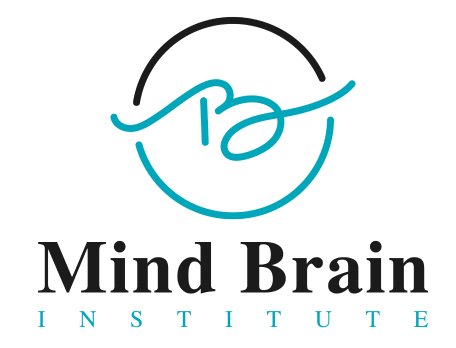- Posted By Dr. Anuranjan Bist
- Comments 0
Depression is a prevalent mental health condition that affects millions of people worldwide. It is characterized by persistent sadness, hopelessness, and a lack of interest or pleasure in activities. While various treatment options exist for depression, not all individuals respond adequately to conventional therapies. This is where TMS Treatment for Depression emerges.
Background on Depression: Symptoms and Current Treatments
Depression manifests differently in individuals, but common symptoms include persistent sadness, loss of interest, changes in appetite and sleep patterns, low energy, difficulty concentrating, and thoughts of death or suicide. It is important to note that depression is a complex condition with various contributing factors, including genetic predisposition, chemical imbalances in the brain, environmental factors, and life events.
The current treatments for depression primarily consist of psychotherapy and medication. Psychotherapy, such as cognitive-behavioral therapy (CBT), aims to help individuals identify and change negative thought patterns and behaviors. Antidepressant drugs, including selective serotonin reuptake inhibitors (SSRIs) and serotonin-norepinephrine reuptake inhibitors (SNRIs), work by altering the levels of certain neurotransmitters in the brain to improve mood.
What is Transcranial Magnetic Stimulation (TMS)?
TMS therapy is a non-invasive procedure involving magnetic fields to stimulate specific brain areas. It is typically used in individuals who have not responded well to other forms of treatment for depression. TMS is performed using a specialized device called a TMS coil, which is placed on the scalp and delivers magnetic pulses to the targeted brain regions.
How Does TMS Stimulate Neurons in the Brain?
During a TMS Therapy session, the magnetic pulses generated by the TMS coil penetrate the scalp and skull, reaching the targeted brain areas. These magnetic pulses induce electrical currents in the brain tissue, stimulating the neurons in that region.
The repeated stimulation of these neurons over multiple sessions is believed to lead to changes in brain activity and neurotransmitter levels, ultimately alleviating depressive symptoms.
What Makes TMS Different from Other Forms of Therapy?
Unlike traditional treatments for depression, such as medication or talk therapy, TMS explicitly targets the brain regions involved in mood regulation. By directly stimulating these areas, TMS aims to restore the brain’s normal functioning and alleviate depressive symptoms. TMS is also considered a non-systemic treatment, meaning it does not involve medications circulating throughout the body.
TMS Treatment for Depression
During a TMS session, an electromagnetic coil is placed on the scalp, and magnetic pulses are delivered to specific brain areas, typically the prefrontal cortex. These magnetic pulses create small electrical currents that stimulate the neurons in the targeted region. By directly influencing neural activity in mood-regulating areas, TMS aims to modulate brain functioning and alleviate depressive symptoms.
One of the critical advantages of TMS as a treatment option is its non-invasive nature. Unlike other treatments, such as electroconvulsive therapy (ECT), TMS does not require anesthesia or sedation, and it does not induce seizures. This makes TMS a more comfortable and well-tolerated procedure for individuals with depression.
Transcranial Magnetic Stimulation (TMS) therapy plans are personalized based on individual needs and the severity of depressive symptoms. Typically, a course of TMS consists of several sessions conducted over several weeks. Each session lasts about 20 to 40 minutes, and the total number of sessions can vary depending on the individual’s response to treatment.
TMS is an outpatient procedure, meaning individuals can undergo treatment without hospitalization or overnight stays. This allows for greater convenience and flexibility, as individuals can continue their daily activities and routines while receiving TMS therapy.
TMS is particularly effective in cases of treatment-resistant depression, where individuals have not responded adequately to other standard treatments, such as antidepressant medications or psychotherapy. By providing an alternative approach, TMS offers hope to individuals who have experienced limited success with conventional treatment options.
The effects of Transcranial Magnetic Stimulation are not immediate, and it may take several weeks of treatment before noticeable improvements in depressive symptoms occur. TMS therapy is typically administered throughout sessions to allow for the cumulative effects of stimulation on the brain. It is essential to complete the entire course of treatment as prescribed by the healthcare provider to maximize the potential benefits.
At Mind Brain Institute, we understand the impact that depression can have on daily life. We offer top-notch facilities and cutting-edge TMS Treatment. With a team of experienced specialists and a patient-centered approach, Mind Brain Institute is dedicated to helping individuals find relief from depression.
Previous Blog: How Can Postpartum Depression Treatment Influence Regular Activities?
